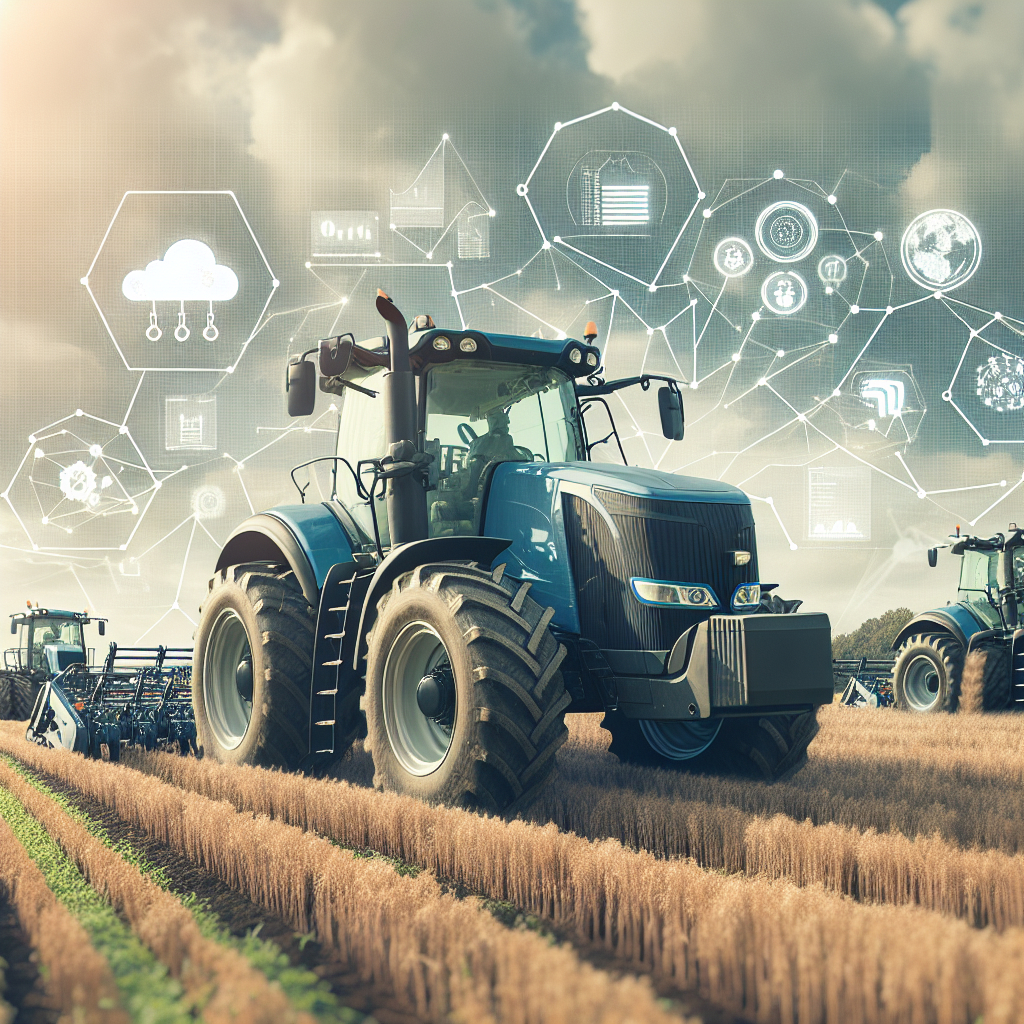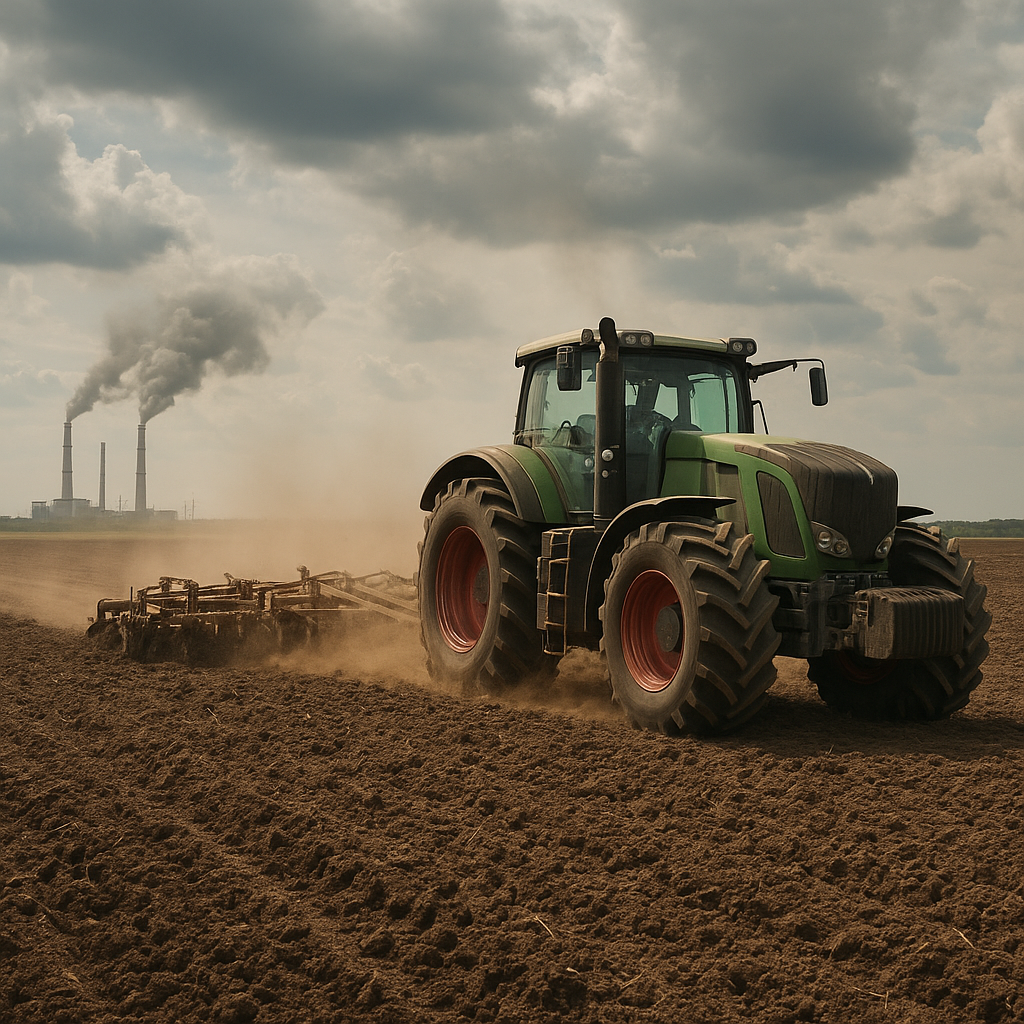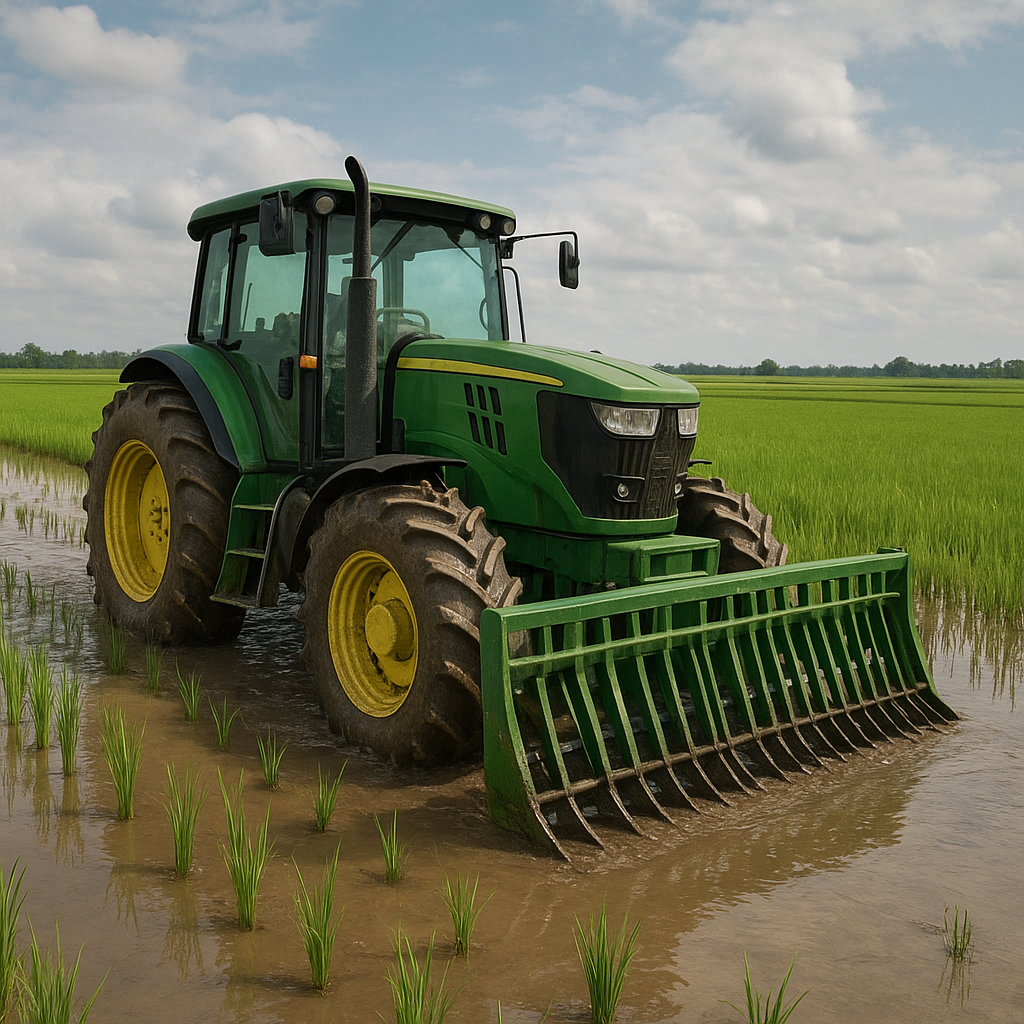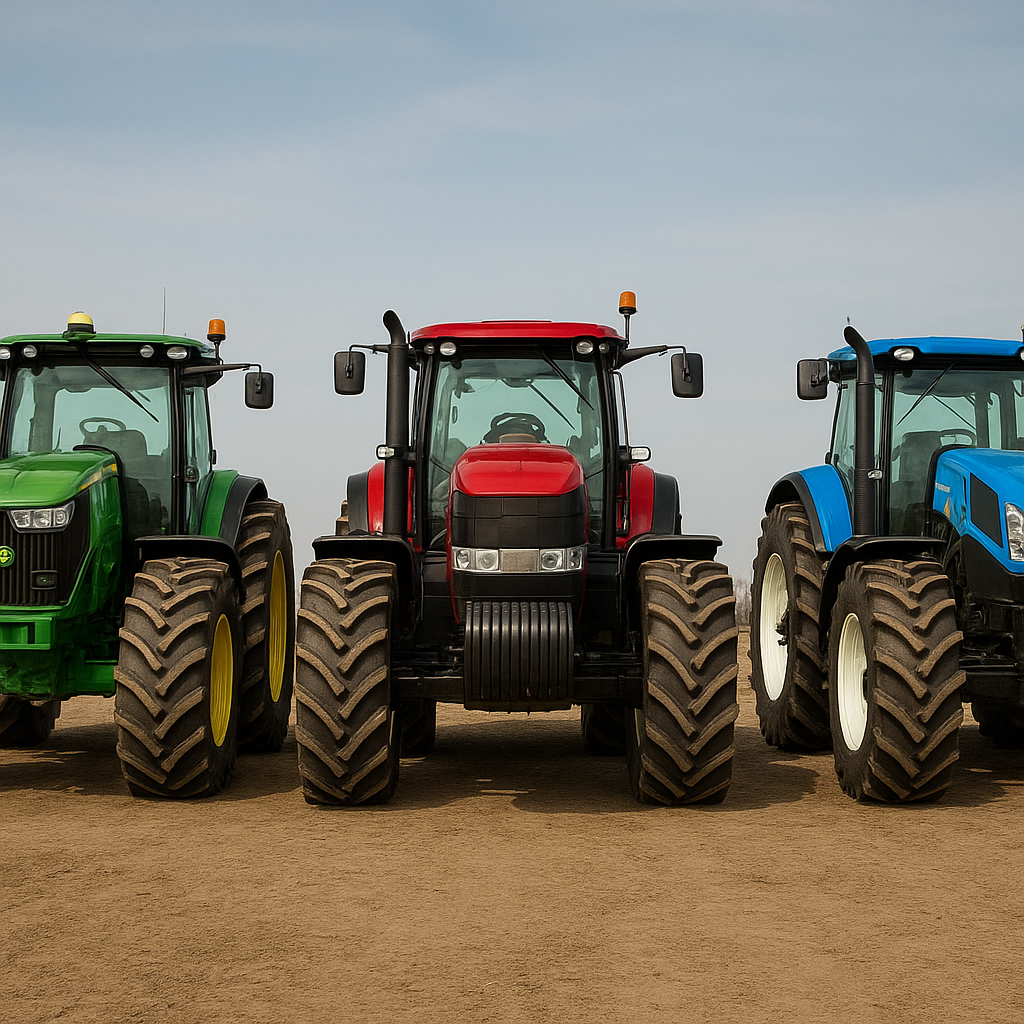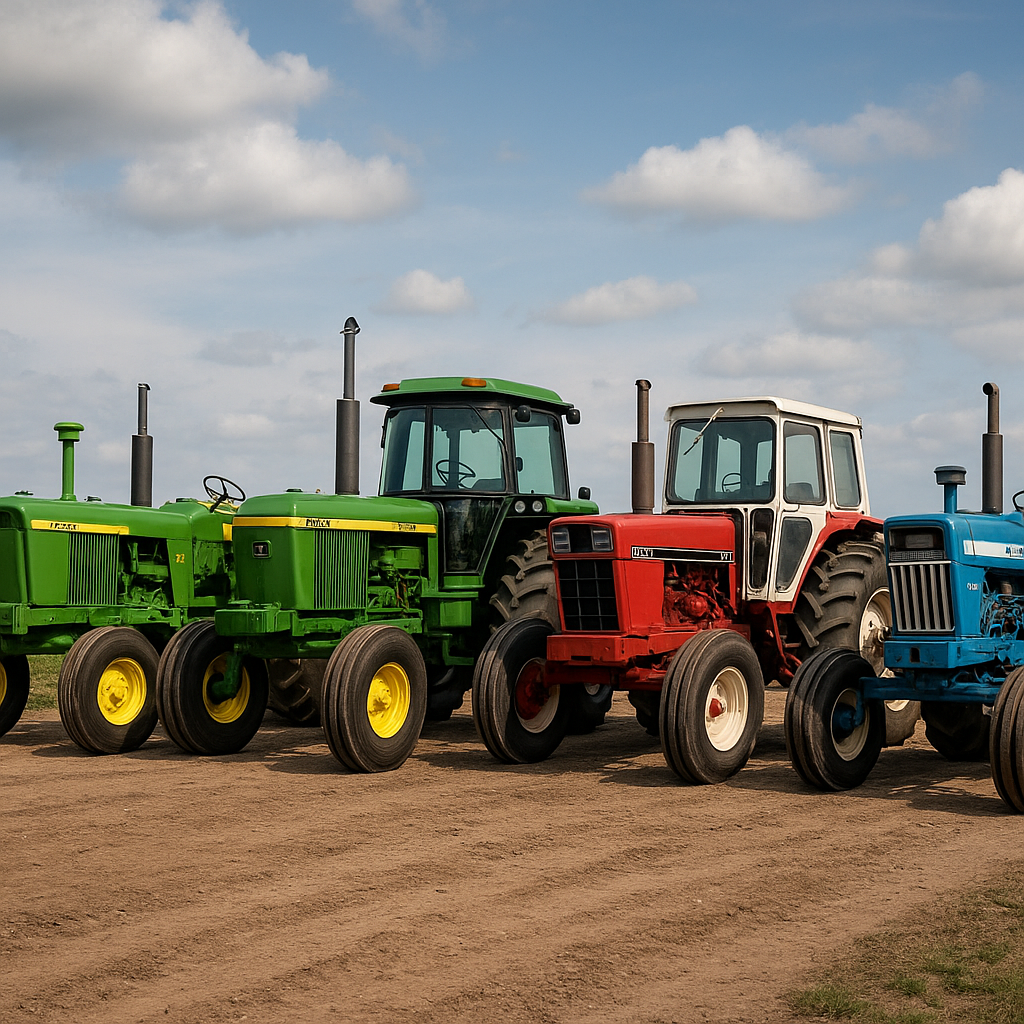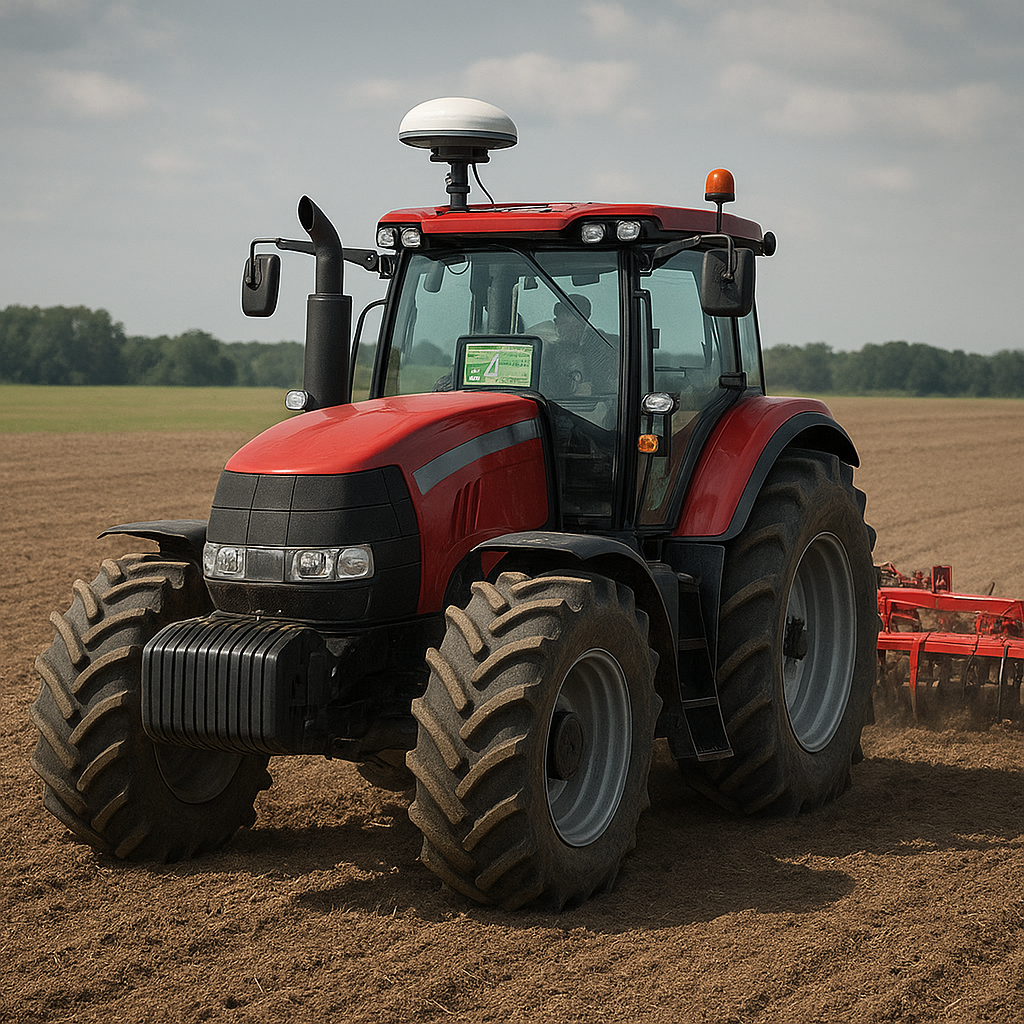In the realm of modern agriculture, the integration of data analytics and artificial intelligence (AI) has revolutionized tractor performance and farm yields. This article delves into the profound impact these technologies have had on the agricultural sector, exploring how they enhance efficiency, productivity, and sustainability.
Enhancing Tractor Performance with Data Analytics
Data analytics has become a cornerstone in optimizing tractor performance. By collecting and analyzing vast amounts of data from various sensors and systems embedded in tractors, farmers and manufacturers can gain valuable insights into machine operations. These insights help in identifying inefficiencies, predicting maintenance needs, and improving overall performance.
Real-Time Monitoring and Predictive Maintenance
One of the most significant advantages of data analytics in tractor performance is real-time monitoring. Modern tractors are equipped with numerous sensors that continuously collect data on engine performance, fuel consumption, hydraulic systems, and more. This data is transmitted to a central system where it is analyzed in real-time. Farmers can access this information through user-friendly dashboards, allowing them to monitor the health and performance of their tractors at any given moment.
Predictive maintenance is another critical application of data analytics. By analyzing historical data and identifying patterns, predictive algorithms can forecast when a component is likely to fail. This enables farmers to perform maintenance proactively, reducing downtime and preventing costly breakdowns. For instance, if the data indicates that a particular part is showing signs of wear, the system can alert the farmer to replace it before it fails, ensuring uninterrupted operations.
Optimizing Fuel Efficiency and Reducing Emissions
Fuel efficiency is a major concern for farmers, both from a cost and environmental perspective. Data analytics plays a crucial role in optimizing fuel consumption. By analyzing data on engine performance, load conditions, and terrain, algorithms can recommend the most efficient operating parameters. This not only reduces fuel consumption but also minimizes emissions, contributing to a more sustainable farming practice.
For example, data analytics can determine the optimal speed and gear settings for different field conditions, ensuring that the tractor operates at peak efficiency. Additionally, it can identify areas where fuel consumption is higher than average, allowing farmers to investigate and address potential issues such as improper tire pressure or suboptimal engine tuning.
Boosting Farm Yields with AI
Artificial intelligence has emerged as a game-changer in agriculture, particularly in enhancing farm yields. By leveraging AI technologies, farmers can make data-driven decisions that maximize crop productivity and minimize resource usage. From precision farming to crop health monitoring, AI is transforming the way farming is conducted.
Precision Farming and Variable Rate Technology
Precision farming is an approach that uses AI and data analytics to optimize field-level management. By analyzing data from various sources such as satellite imagery, soil sensors, and weather forecasts, AI algorithms can create detailed maps of the field. These maps highlight variations in soil fertility, moisture levels, and crop health, enabling farmers to apply inputs such as fertilizers, water, and pesticides with pinpoint accuracy.
Variable rate technology (VRT) is a key component of precision farming. VRT systems use AI algorithms to control the application of inputs based on the specific needs of different areas within a field. For instance, if a particular section of the field has lower soil fertility, the system can apply more fertilizer to that area while reducing the amount in areas with higher fertility. This targeted approach not only improves crop yields but also reduces input costs and minimizes environmental impact.
Crop Health Monitoring and Disease Detection
AI-powered crop health monitoring systems are revolutionizing the way farmers detect and manage diseases. By analyzing data from drones, satellite imagery, and ground-based sensors, AI algorithms can identify early signs of crop stress and disease. This allows farmers to take timely action, preventing the spread of diseases and minimizing crop losses.
For example, AI algorithms can analyze images of crops to detect subtle changes in color, texture, and growth patterns that may indicate the presence of pests or diseases. By identifying these issues early, farmers can apply targeted treatments, reducing the need for broad-spectrum pesticides and minimizing the impact on beneficial insects and the environment.
Conclusion
The integration of data analytics and AI in agriculture is transforming the way farmers manage their operations. By enhancing tractor performance and boosting farm yields, these technologies are driving efficiency, productivity, and sustainability in the agricultural sector. As the adoption of data analytics and AI continues to grow, the future of farming looks promising, with the potential for even greater advancements in the years to come.
